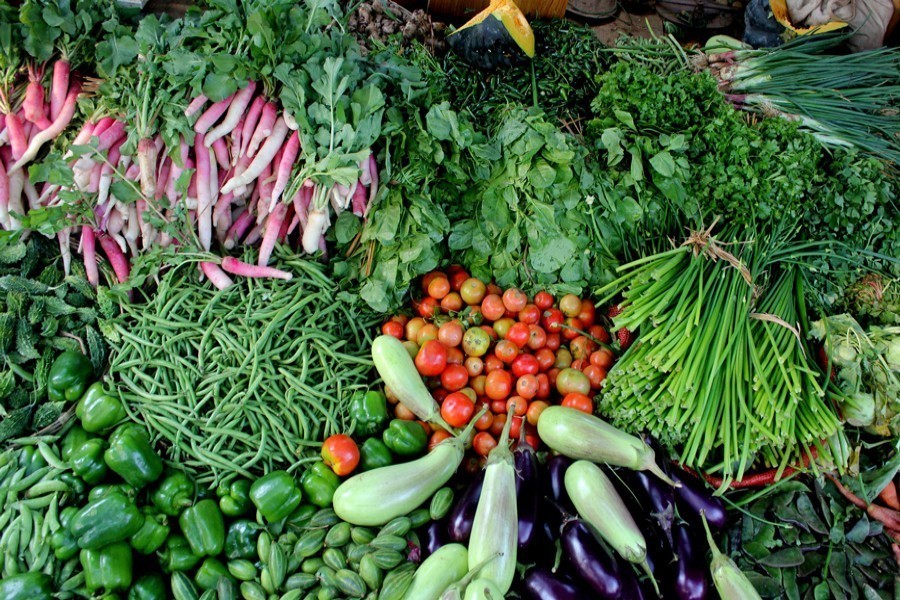With Bangladesh's export trade practically dominated by a single item, its diversification is now a top priority for the government. Considering that only 2.63 per cent (around 1.25 million hectares) of the country's total arable land could so far be brought under vegetable cultivation, the sector's achievement is enviable. In the fiscal year 2018-19, for example, the country produced 26.7 million tons of vegetables. This marked a 37.63 per cent rise in production in five years since FY 2013-14. Evidently, use of modern technology and hybrid varieties of vegetables lay behind this success. Interestingly, in FY20, Bangladesh earned US$164 million from vegetable exports, the Export Promotion Bureau (EPB)'s data show. The earning cannot be said to be much if compared with that from the flagship export, the Readymade Garment (RMG). Even so, the sector's export potential is huge seeing that Bangladeshi vegetables are exported to some 118 countries. However, the export of vegetables this year suffered not due to any production loss attributable to the pandemic. On the contrary, it is the skyrocketing air freight charge-the air freight charge more than doubled to US$4.0 a kg from a maximum of US$1.80 in FY20. As the number of freighters was few while the fees they charged to carry the cargo of vegetables to Europe and other destinations were too high, the amounts exported to those markets this fiscal registered an 80 per cent decline. In fact, between July and February of FY21, the quantity of vegetables that could finally reach the overseas markets was 55 per cent less than what it was during the same period in the previous fiscal (FY20). Obviously, this decline in export was due to communication disruption caused by the pandemic. The Indian and Vietnamese vegetable exporters, on the other hand, took full advantage of the situation as they had their separate air freighters to carry their vegetable cargoes to the overseas markets.
In this context, Bangladesh Biman can make a difference by providing the local vegetable exporters with separate cargo freighter. Had Biman been able to make such an arrangement this fiscal, Bangladesh's summer vegetables could be supplied to their European consumers where those are very popular. However, Bangladeshi vegetables, especially cabbage and potato, could make it to the Asian markets, especially in the Far East and the Middle East by sea routes at a far cheaper cost. That was because the freight charge in the ocean going vessels remained rather steady and low at US$500 per 22 tonnes.
Given the popularity of Bangladeshi vegetables among the overseas consumers, the challenge before our exporters is to be able to capture a larger share of the vegetable market of those countries. In the Asian markets in the Far East and the Middle East, for example, Bangladeshi exporters can meet only 5.0 per cent of the demand. Bangladeshi vegetable exporters at a recent view exchange event said that they can grab 20 per cent of the Asian vegetable market, if only they were provided with the necessary infrastructure support including cooling chains at the local wholesale vegetable markets/hubs, enhanced loading facilities at the Chttogram port and so on. Currently, the local traders were learnt to have been able to export a mere fraction (0.82 per cent) of the total quantity of vegetables produced in the country. Clearly, the scope before our vegetable exporters is, in a word, unlimited. The point is to cash in on it.


